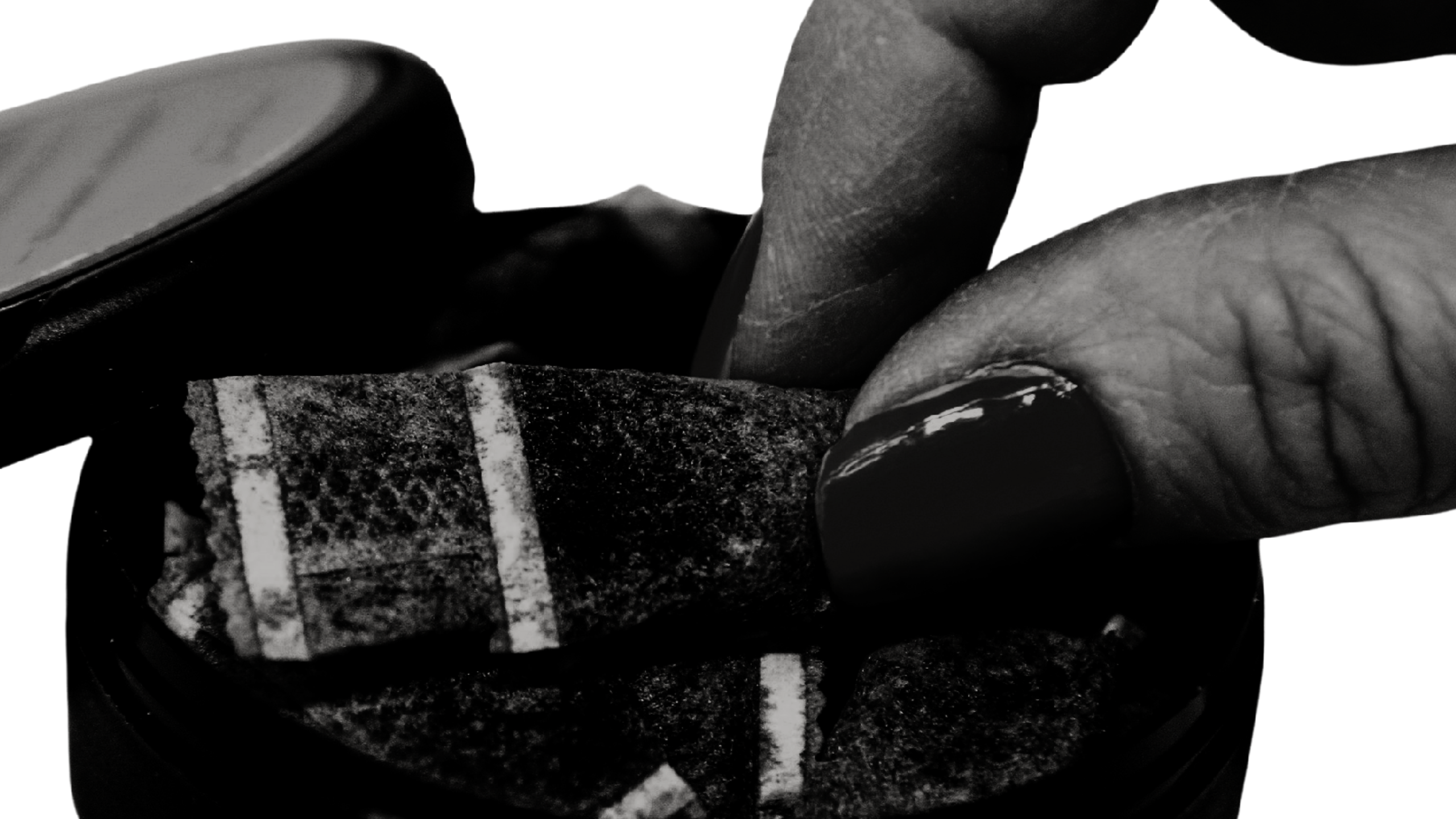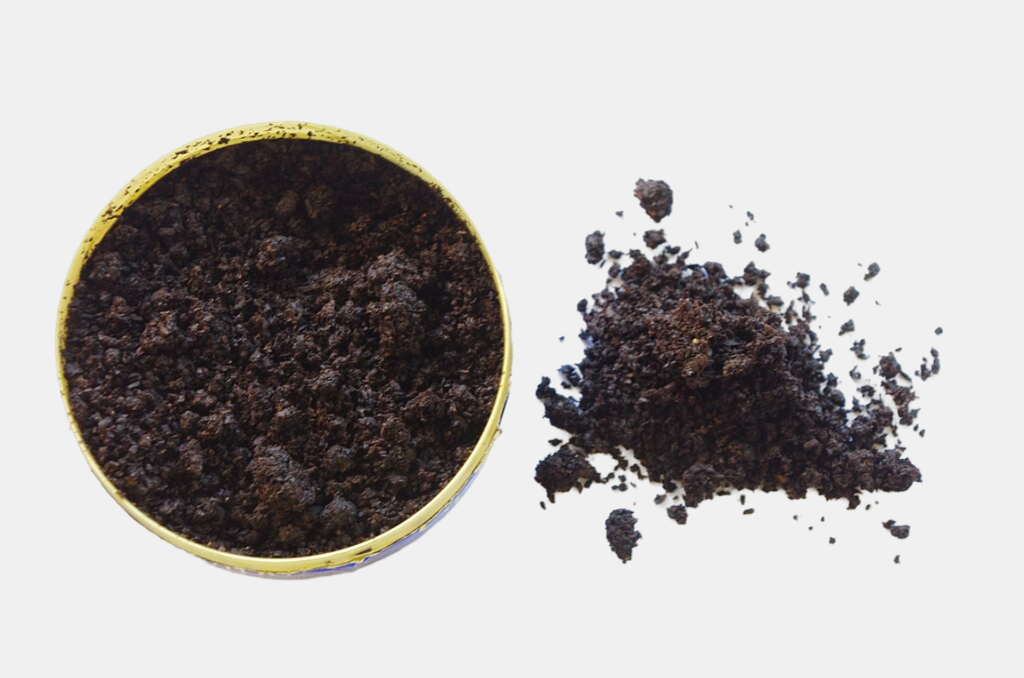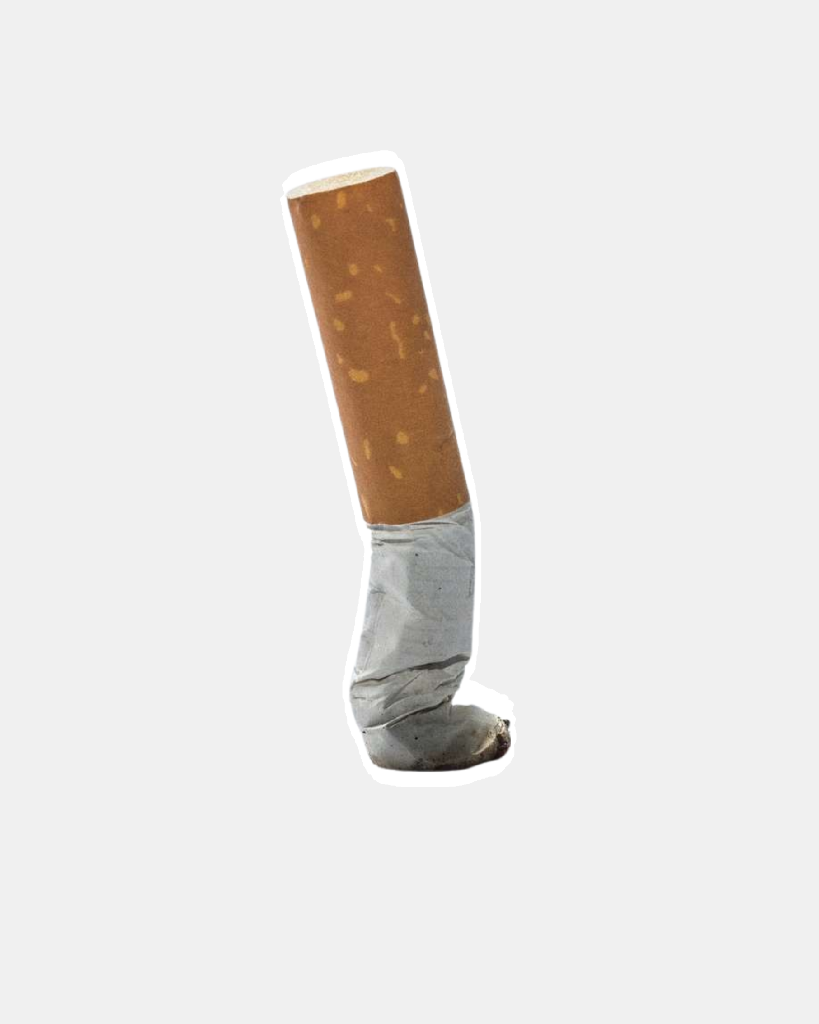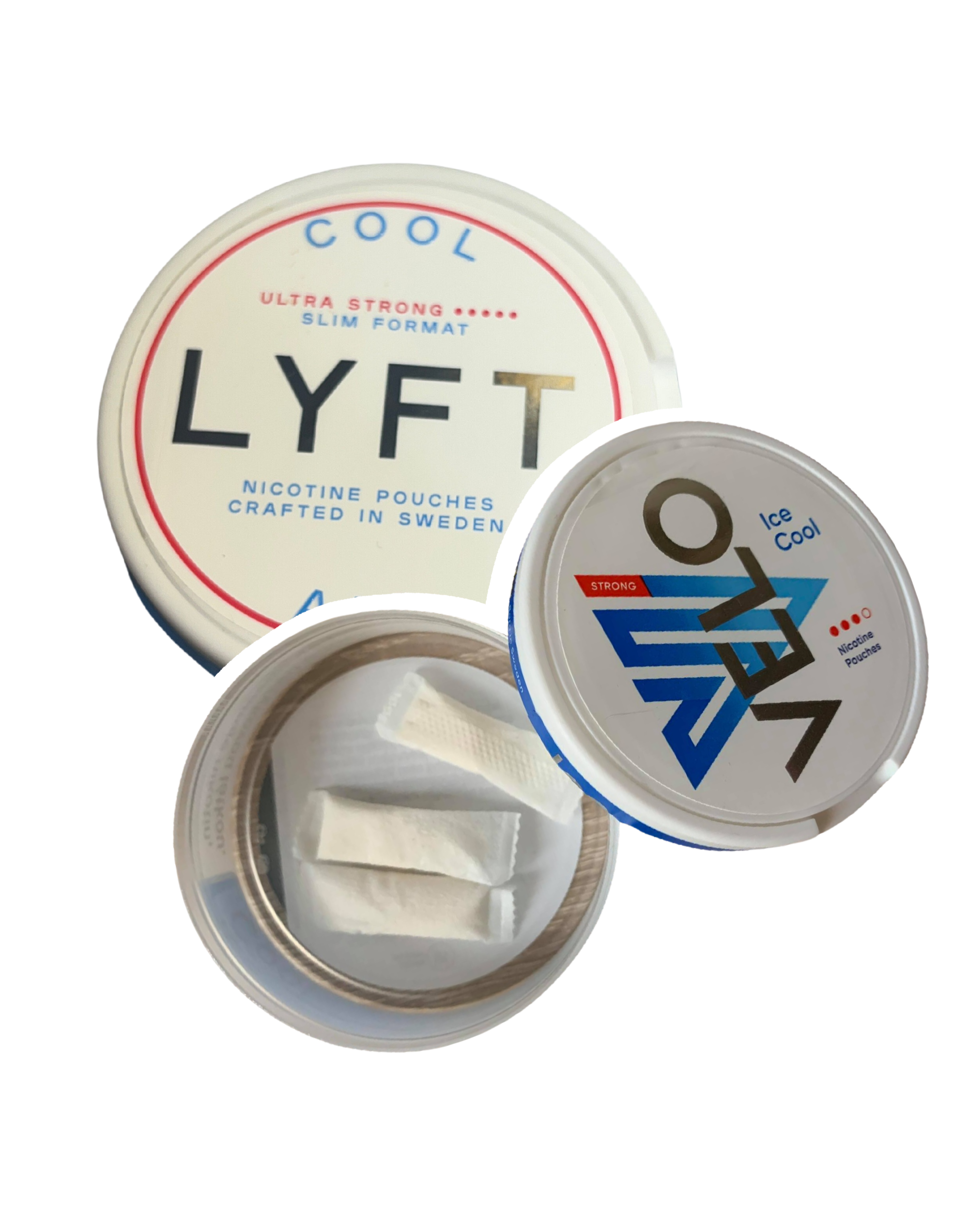You snus you lose... Or do you?
Advocates say lifting a UK ban on a Swedish oral tobacco could save hundreds of lives - but do the claims hold up to scrutiny? And who is making them?

Some great things happen by complete accident.
Cornflakes were an effort to create a food so bland that they would crush your libido. Instead, they became a staple of many unimaginative breakfasts.
When Jakob Fredrik Ljunglöf pasteurised his tobacco in the 19th century to speed up production times, he probably did not think he would also be saving lives.
But thanks to Ljunglöf's impatience, snus is now one of the safest ways to use tobacco, and today a group of 21st century snus advocates are arguing that a UK ban on snus should be lifted.
They say that making snus available would give smokers a less harmful alternative to switch to, helping people to quit cigarettes and saving lives - 355,000 in the EU every year, according to estimates.
With a recent consultation on how to lower British smoking rates, could this be the time to bring snus to the UK?

Sweden's Smokeless...
Secret
Use of snus in Sweden in its current form dates back to the 19th century, when Swedish farmers grew their own tobacco.
It was seen as so important to the country's cultural heritage that the government arranged an exemption to the EU-wide ban when they joined the bloc in 1995, making Sweden the only country in the EU where snus is legal.
The product saw a resurgence in the 60s around the time when the health risks of smoking were becoming better documented and in 2014 the number of smokers fell below the number of people using snus with 20.2% of men using snus in 2022.
Meanwhile Sweden is the country with the fewest daily smokers in Europe: 5.8% of Swedes lit up daily in 2022, versus the European average of 23% and very nearly below the 5% at which a country is defined as smoke-free.
In the UK, 12.9% are still daily smokers, more than double Sweden, despite the UK having stricter smoking laws.
This observation has caused members of think-tanks and lobby groups to identify the presence of snus in Sweden as responsible for driving smoking rates down.
This theory has become known as the 'Swedish Experience'.
The Public Health Agency of Sweden, The national public health survey 2022

A tin of loose snus. Snus can be bought loose or portioned into small teabag-like packets (Credit: Wikimedia)
A tin of loose snus. Snus can be bought loose or portioned into small teabag-like packets (Credit: Wikimedia)
Christopher Snowdon, Institute of Economic Affairs Head of Lifestyle Economics on the effect of snus on smoking in Sweden
“You’ve got a smoking rate that's less than half the next best country and still consuming very large quantities of tobacco by snus - it doesn't take much to work out what's going on.” - Christopher Snowdon, Institute of Economic Affairs
Though not without risk, snus is generally agreed upon to be significantly safer than smoking according to Tobacco Tactics, a University of Bath tobacco research exchange group, the pasteurisation process meaning less carcinogens develops.
By not being burned and inhaled, snus has no respiratory risks and Swedish men, who use snus more than women, have the lowest lung cancer death rate in the EU and fewest deaths due to exposure to tobacco overall - despite having much higher tobacco consumption than other EU countries.
Notes 2, 3
The graph above shows Sweden as having a mid-range tobacco consumption, but a relatively low incidence of death as a result of tobacco exposure.
However, the data is skewed by Swedish women who are more likely to smoke and much less likely to use snus.
The graph below has been created to compare only male tobacco users.
It shows Swedish men as having the lowest rate of tobacco-related mortalities, despite consuming more tobacco than half of the other countries.
These men are largely consuming their tobacco by snus rather than smoking.
Despite relatively low tobacco consumption, the UK still ranks 9th for tobacco mortalities.
UK
Daily male smokers - 15.9%
(ONS, Adult smoking habits in the UK 2019)
208.38 deaths in men per 100,000 attributable to tobacco exposure, ninth among EU
4,779.92 healthy years lost per 100,000 attributable to tobacco exposure, seventh among EU
(Global Burden of Disease Survey 2019)
Sweden
Male daily tobacco users - 24.1%
(The Public Health Agency of Sweden, The national public health survey 2020)
144.75 male deaths per 100,000 attributable to tobacco exposure, first in EU
3,151.82 male healthy years lost per 100,000 attributable to tobacco exposure, first in EU
(Global Burden of Disease Survey 2019)
“The ban on snus has led to hundreds of thousands if not millions of people across the European Union and Britain dying prematurely because they didn't have this vastly safer alternative,” said Mark Oates, who founded consumer advocacy group The Snus and Nicotine Pouch Users Association which promotes snus as a harm reduction product in the UK.
He and Louise Ross, chair of the tobacco harm-reduction group the New Nicotine Alliance (NNA), think that legalising snus could help further reduce UK smoking rates.
Ross said: "We know that people in Sweden have managed to drive down smoking rates enormously because of the availability of snus. I think making any product available that isn't going to be as harmful as smoking is really important. We would support the regulation and legislation changes that would make that available."
It seems a simple case: introduce snus, allowing UK smokers to go Swedish and saving lives.
Smoke and mirrors?

The Swedish Experience theory claims that snus was important to lowering Sweden's smoking rates.
A prominent 2023 report published as part of a campaign named Smoke Free Sweden 2023, states: “Swedes have long used snus – a traditional oral tobacco product – as an alternative to cigarettes. This helped reduce Sweden’s smoking rate and disease burden below the European average as many adult smokers transitioned.”
It cites as evidence a report by the Snus Commission, “Snus Saves Lives”, which concludes: “There is clear support for the theory that Sweden’s low number of smokers is a result of its high number of snus users.”
However, the Smoke Free Sweden report was published by Health Diplomats, a health consultancy, which discloses on its website: “Within the tobacco and nicotine space, harm reduction services have been provided to tobacco manufacturers (multiple companies within the Global Tobacco and Nicotine Forum (GTNF) list of sponsors).”
Sponsors of the GTNF include Philip Morris International (PMI) and British American Tobacco.
The Snus Commission is also funded by the Swedish Snus Manufacturers' Association, an association of companies in Sweden that manufacture, market and sell snus, although the Commission says it is independent and does not take input from them on the content of reports.
Tobacco companies have something to gain by promoting snus as a harm reduction product.
PMI recently announced it was becoming "smoke-free", increasing its investment in its smokeless products which now accounts for a third of its net revenue in 2022.
These include a brand of nicotine pouches, a product used in the same way as snus but containing plant matter and nicotine extract instead of tobacco and currently legal in the EU and UK.
In 2022 it bought Swedish Match, a major Swedish snus producer which has a section on its website dedicated to 'The Swedish Experience'.
The benefits to tobacco companies has made some suspicious of the harm reduction narrative.
A spokesperson from SmokeFree Partnership, an international network of organisations with expertise in tobacco policy, said: “This ‘harm reduction’ narrative is a widely used trope by the tobacco industry to promote novel tobacco and nicotine products. It allows the industry to insert itself in the tobacco control debate under the guise of aiding public health policies, and lobby for looser regulation on novel products.”

Credit: rawpixel.com
Credit: rawpixel.com

Credit: rawpixel.com
Credit: rawpixel.com

Credit: rawpixel.com
Credit: rawpixel.com

Credit: rawpixel.com
Credit: rawpixel.com

LYFT and VELO brands of nicotine pouches are both made by British American Tobacco (Credit: Open Food Facts/Wikimedia)
LYFT and VELO brands of nicotine pouches are both made by British American Tobacco (Credit: Open Food Facts/Wikimedia)
Meanwhile, independent research on snus's effect on smoking is less common, but not rare: for example, one 2007 report by Public Health England concludes that snus could have harm reduction potential.
The Swedish Public Health Agency itself neither condoned nor denied the Swedish Experience when asked about it, instead highlighting the role of increased tobacco laws on reducing smoking.
Ross of the NNA responded to questions about tobacco company interference, saying: "There is a deep suspicion within tobacco control circles about anything produced by the tobacco industry in terms of research, but it cannot be denied that the trends worldwide are towards smokefree (non-combustible) nicotine-containing products, and it is inevitable that the tobacco industry will also be interested in the direction of travel."
The Bureau of Investigative Journalism has linked the NNA itself to PMI via a complex web of related groups.
With tobacco companies already involved in promoting snus, it seems sensible to approach harm reduction promises of snus with caution. But even if they are true, is there a place for snus in the UK?
Note 1
A Department for Health and Social Care spokesperson said: “Snus is banned in the UK and we have no plans to introduce additional tobacco products to the UK market as we have safer nicotine delivery products available for smokers to switch to.”

Part of the reason why the Department for Health and Social Care (DHSC) says that it will not legalise snus is that nicotine pouches are already legal in the UK, and play the same role.
The absence of tobacco could make them safer than snus and they are already available in your corner shop. In Sweden too they are growing in popularity for their reduced risk and tobacco not staining your teeth and breath.
However, Oates argues that although they are similar products, they are different enough that some people who may not use nicotine pouches may switch to snus if it was available.
The nicotine absorbs at different rates, and they have a different flavour. “If you go to Sweden and meet Swedish people, there'll be some guys who will never touch nicotine pouches and only use snus,” said Oates.
According to Snowdon the reason why the government is resistant to introduce snus is a bias against tobacco-based products: "It would be bad optics."
Snowdon and others emphasise that they do not want to eradicate the world of nicotine and tobacco; they want to minimise the harm done by these products by reducing smoking.
Because he is not concerned about people using what they see as low risk tobacco products, they are not concerned about people who would not have smoked potentially picking up snus.
“What is wrong with using nicotine if it's a safe format? The UK has a goal to become smoke-free, not nicotine-free”, argued Oates.
He added: “You're not really in a situation where you're suddenly having new users. What you're seeing is the very people that were going to be smokers, probably try them all at the same time and choose one they prefer. And part of that choice is the fact that one is probably safer than the other.”
However, advocates of snus would like to see it be properly restricted to prevent under-18s buying it, and would like to see the same happen for nicotine pouches which a legal loophole currently allows to be sold to children.
As well as too many of the wrong people potentially taking to snus, there is the opposite concern that no-one will buy it: there simply is not the demand for snus in the UK.
Snus has a centuries long history in Sweden, which partly makes it so popular there today, but in the UK there is no such tradition.
Nicotine pouches, the closest legal analogue to snus, were used by less than 1 in 100 people in the UK according to an ASH survey conducted by YouGov.
Ross recognised the low use: “I think snus is never likely to be a particularly popular product in the UK, but it's about making any product available that will help some people.”
Even if it only appeals to a small minority, helping anyone to quit smoking is seen as worthwhile. Oates said: “If one human being in this country, because of the legalisation of snus, used snus rather than smoking, then that law change would be worth it.”
Although the government seems unlikely to ever introduce snus, both the government and advocates for snus ultimately want the same thing, to save lives.
The argument around snus is really an argument about the best way to do this: to withdraw the option of smoking through ever tighter restrictions, or to provide more desirable, less harmful products and trust people to make the best decision for themselves.
But for the coming future, snus is likely to remain a firmly Swedish habit.


Notes
1. A summary of both sides of the debate over the validity of the Swedish Experience theory can be found here.
2. For this graph, I have only included countries where snus use is recorded as negligible, and so the male smoking population can be assumed to be representative of the male tobacco using population (because the population of these countries is not consuming their tobacco by another means). Countries excluded include Estonia, Ireland, Denmark and Finland. This is apart from Sweden, where the smoking population is not representative of the tobacco population due to significant snus use, but for which data on tobacco use by any means divided by gender exists.
Data is sourced from multiple sources with as close a date as possible:
- Tobacco use (smoking+snus) by country: Eurobarometer 506 (2020)
- Swedish male tobacco use: The Public Health Agency of Sweden (2020)
- Male smoking by country: Eurostat (2019)
- Mortalities by tobacco: Global Burden of Disease study (2019)
3. The data in this graph is based on EU data while the graph showing tobacco use trends in Sweden is based on Swedish national data. Different data sets were chosen for internal consistency in the graphs. The different data source is the cause of the discrepancy in tobacco use in 2020 between the two.
